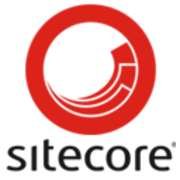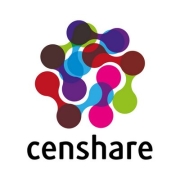Digital Experience Platforms (DXP) are integrated suites of tools designed to ensure engaging, consistent customer experiences across multiple digital touchpoints. These platforms cater to businesses looking to enhance their customer engagement and streamline their digital marketing efforts.
Offering a comprehensive solution for managing customer experiences, DXPs integrate content management, personalization, analytics, and more. By utilizing these platforms, businesses can deliver tailored content and personalized experiences to their customers, ultimately driving engagement and loyalty. They cater to a variety of industries, providing the flexibility and scalability needed to meet evolving business requirements.
What are some key features of Digital Experience Platforms?In retail, DXPs are implemented to provide personalized shopping experiences, integrating online and in-store data to offer seamless customer journeys. Financial services use these platforms for secure, consistent user interactions across different banking channels. In healthcare, DXPs enable efficient patient management and communication through unified digital channels.
By utilizing Digital Experience Platforms, organizations can achieve better customer insights, streamline their operations, and create more engaging experiences, leading to a more loyal customer base and improved business outcomes.











































The places where organizations interact with their customers online are called digital experience platforms, or DXPs for short. A digital experience platform or DXP is a cohesive, integrated piece of technology that enables a company to create, manage, deliver, and optimize a digital experience for its customers. Through the different tools DXP uses, customers not only consume the content presented by organizations but also express their feedback to potentially influence the improvement of the company's performance regarding digital experience. Through the collected data of users on digital experience platforms, organizations are able to adapt their services more to the consumer bases' needs and liking. There are various DXP providers, making it simple for companies to use their services and quickly reach their customers instead of having to build their own platform from scratch.
Different types of websites, mobile apps, email, social platforms, and POS systems, are among digital experience platforms' ways of providing content to customers. Through these various types of channels, a DXP can distribute a business's content to different groups, including all customers of a company through their preferred way of receiving the delivered information, while maximizing the exposure of the business to the digital space.
A digital experience platform's structure can be different for each company, however, many contain similar components. Many DPXs contain content management systems (CMS) to allow organizations to upload content for their users; an e-commerce option to let users shop online; customer relationship management (CRM) to track data of users; and application programming interface (APIs) and integrations to enhance the performance of the platforms.
Digital experience platforms are important for every organization or business that wants to reach the maximum number of customers while making its services quickly and easily accessible online. DXPs are a simple way for a company to track its users' data, through a CRM, for example, collecting the behavior of users online and thus quickly identifying their needs and answering them. Through digital experience platforms, organizations can not only track their customers easier, they can enhance their communication and work together in a single place. Through the easy access of DXPs and the different components such platforms may have, organizations can reach customers from more locales and backgrounds and meet their needs accordingly.
There are several benefits that digital experience platforms may bring to a company, including: